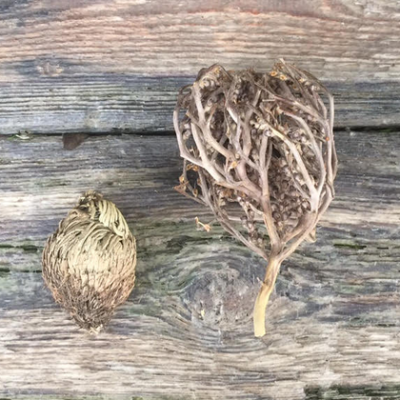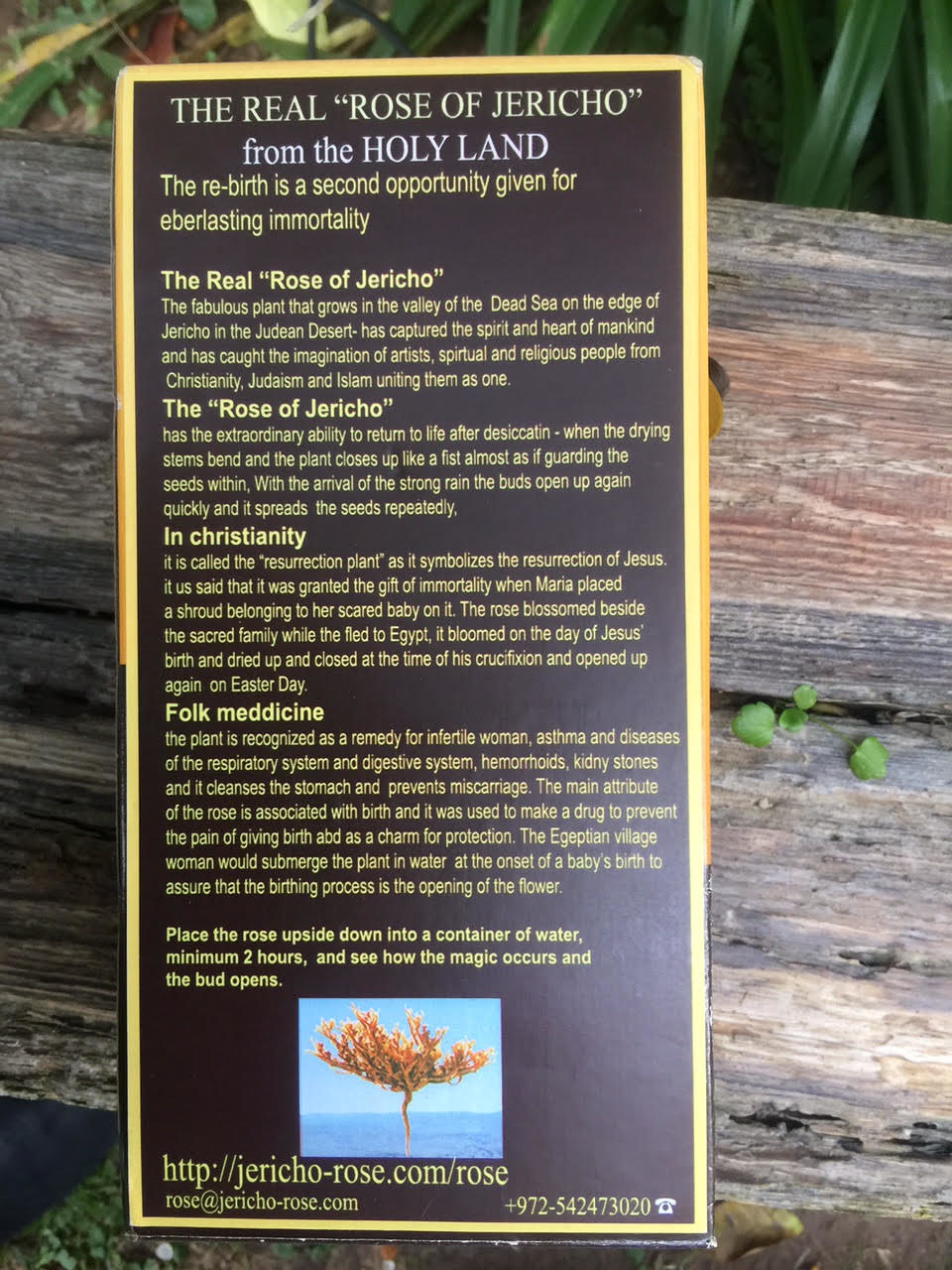Artemisia arborescens, Real Rose of Jericho, Rose of Jericho
Types of Jericho rose
Many types of Jericho rose exist in the world, which plant is considered the true plant in which Christians believe and the differences between the plants
The Jericho rose, also known as the resurrection plant, has captured the attention of many people throughout history, especially those of religious faith. From a religious point of view, the historical significance of the Jericho rose lies in the belief that the plant has the ability to revive itself after appearing dead, which was interpreted as a symbol of revival and new life.
There are two main types of rose of Jericho that exist in the world today: Selaginella lepidophylla and Anastatic hierochuntica. While both plants are commonly referred to as Jericho rose, they differ in appearance and characteristics. Selaginella lepidophylla is a small plant found in the deserts of Mexico and the southwestern United States. It has small green leaves that curl when the plant is dry and unfold when exposed to water. Anastatic hierochuntica, on the other hand, is a larger plant found in the Middle East in the Judean Desert in Israel near the ancient city of Jericho. It has small white flowers and its height can reach up to 30 centimeters.
The plant that is considered the real rose of Jericho in which Christians believe is Anastatic hierochuntica. According to Christian tradition, the plant existed in the Holy Land during the time of Jesus and was used by Mary and Joseph to dry the baby Jesus after his birth. The plant has since become a symbol of the Christmas miracle and is often used in Christmas decorations and ceremonies.
While both Selaginella lepidophylla and Anastatica hierochuntica share the ability to revive themselves after appearing to die, there are some differences between the plants. Anastatica hierochuntica is the more familiar plant, and is often referred to as the “true” rose of Jericho. This is partly due to its larger size and the fact that it has been used in the Middle East and North Africa for hundreds of years for medicinal purposes and one of the main elements in religious ceremonies. Selaginella lepidophylla, on the other hand, is a more recent discovery and is found mainly in the deserts of Mexico and the southwestern United States. Although it is still considered a resurrection plant, it is not as well known as Anastatic hierochuntica and is not commonly used in religious ceremonies.
From a religious point of view, the meaning of the Jericho rose lies in its ability to revive itself after appearing to be dead. It was interpreted as a symbol of rebirth and new life, and the plant became a symbol of hope and faith. In Christian tradition, the plant has become associated with the miracle of the Nativity and is often used in Christmas decorations and ceremonies. It is also used in other religious ceremonies and has become a symbol of resilience and endurance in the face of adversity.
The Jericho rose has a rich history and is of great significance to many people, especially those of religious faith. While there are currently two main types of Jericho rose in the world, Anastatica hierocontica is the more familiar plant and is considered the true Jericho rose believed by Christians. The plant’s ability to revive itself after appearing dead was interpreted as a symbol of resurrection and new life, and it became a symbol of hope and faith. The Jericho rose is a powerful reminder of nature’s resilience and endurance, and it continues to inspire and fascinate people all over the world.



